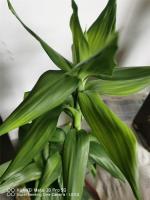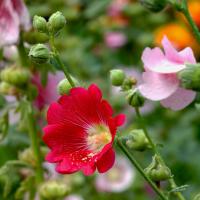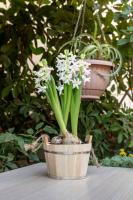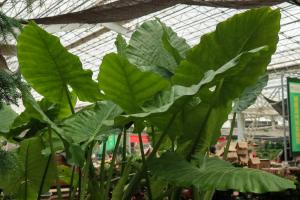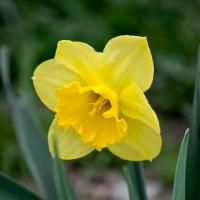When to Plant Tomatoes in North Carolina for 2014
Tomatoes are a staple in many North Carolina gardens. To enjoy a bountiful harvest, it is important to know when to start planting your tomato plants. Many factors contribute to the best timing for planting, including climate, temperature, and soil conditions. In this article, we will explore the best time to plant tomatoes in North Carolina in 2014.
Understanding North Carolina's Climate and Growing Season
North Carolina has a varying climate across its different geographical regions. In general, the state experiences a humid subtropical climate, with hot summers and mildly cold winters. Coastal areas tend to have milder temperatures, while mountainous regions have cooler temperatures.
The state's growing season can vary as well, depending on the location. Coasts have a longer growing season, while inland areas have a shorter season. The growing season typically ranges from early April to late October, but this may change depending on location and weather patterns.
The Best Time to Plant Tomatoes in North Carolina
While the best time to plant tomatoes in North Carolina can vary depending on location, a good rule of thumb is to plant them after the threat of frost has passed. Generally, it is best to wait until early May to plant your tomato seedlings outdoors. This gives them ample time to grow and develop before the hot summer weather sets in. If you live in a coastal area, you may be able to plant tomatoes earlier in the season, as the temperatures tend to be milder.
Tips for Planting Tomatoes in North Carolina
When planting your tomatoes, it is important to choose a location that receives full sun for at least six to eight hours each day. Select a spot with well-draining soil that is rich in organic matter. It is also recommended to add a slow-release fertilizer to the soil prior to planting. Once the tomato plants are in the ground, it is important to water them regularly to promote healthy growth.
It is also important to monitor your plants for pests and disease. Some common pests that may affect tomatoes in North Carolina include aphids, cutworms, and hornworms. Diseases such as late blight and blossom-end rot can also be problematic. Consulting with a local gardening expert or using organic pest control methods can help keep your tomato plants healthy and free from pests and disease.
In Conclusion
In summary, the optimal time to plant tomatoes in North Carolina in 2014 is typically around early May, after the threat of frost has passed but before the hot summer temperatures set in. It is important to choose a location with full sun and well-draining soil, add slow-release fertilizer to the soil, and water regularly. Taking these steps can help ensure a bountiful tomato harvest for your North Carolina garden.

 how many times do yo...
how many times do yo... how many planted tre...
how many planted tre... how many pine trees ...
how many pine trees ... how many pecan trees...
how many pecan trees... how many plants comp...
how many plants comp... how many plants can ...
how many plants can ... how many plants and ...
how many plants and ... how many pepper plan...
how many pepper plan...